Summary
An Ancient Desert Fortress
Qasr al-Azraq is a fascinating historical site situated in the eastern Jordanian desert. With origins dating back to the Roman Empire, it has served numerous civilizations over the centuries. Notably, this awe-inspiring fortress was a strategic stronghold for the Ottoman Empire and later a headquarters for T.E. Lawrence during the Arab Revolt in World War I.
Get your dose of History via Email
Qasr al-Azraq is a strong ancient building made from black rocks found nearby. The doors and walls have lasted a long time. They attract visitors who want to explore and imagine life in the past.
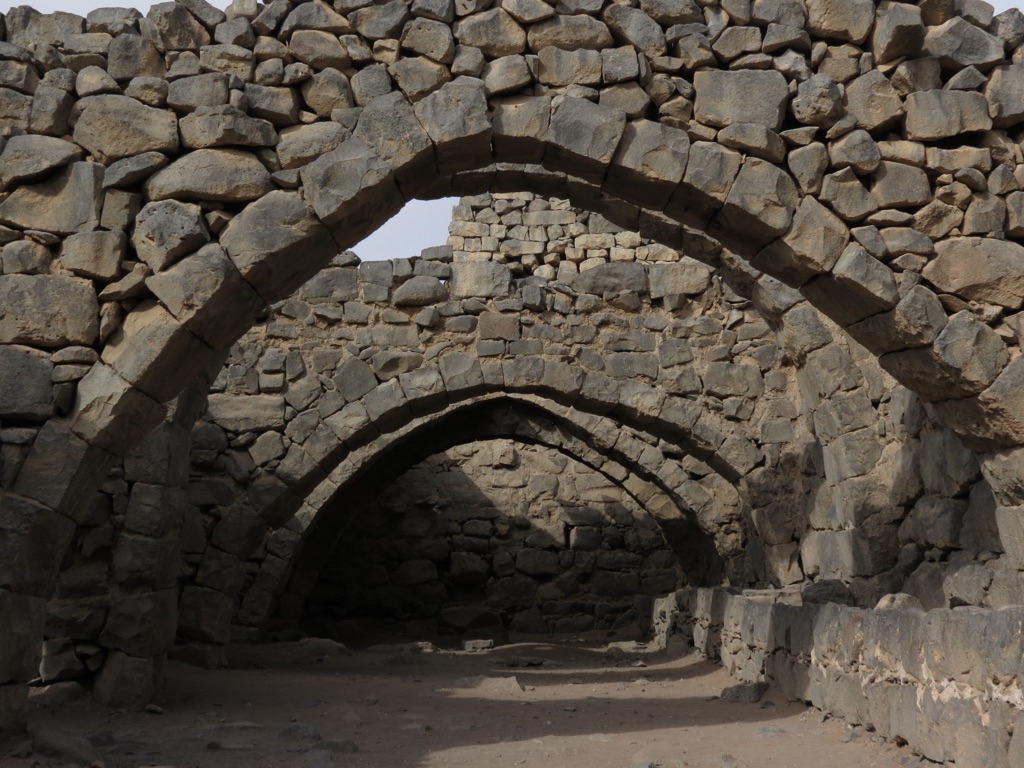
Cultural and Historical Significance
Qasr al-Azraq is a historic place that is famous for its architecture and cultural significance. This unique site reflects the various periods through which it has endured, including Roman, Byzantine, and Islamic influences.
The name Azraq derives from the Arabic word for ‘blue’. It is likely that the oasis is connected to it, as it has been a significant water source in the region. The fortress is important for more than just its military history. It symbolizes strength, lasting power, and the meeting point of diverse cultures that shaped its fascinating past.
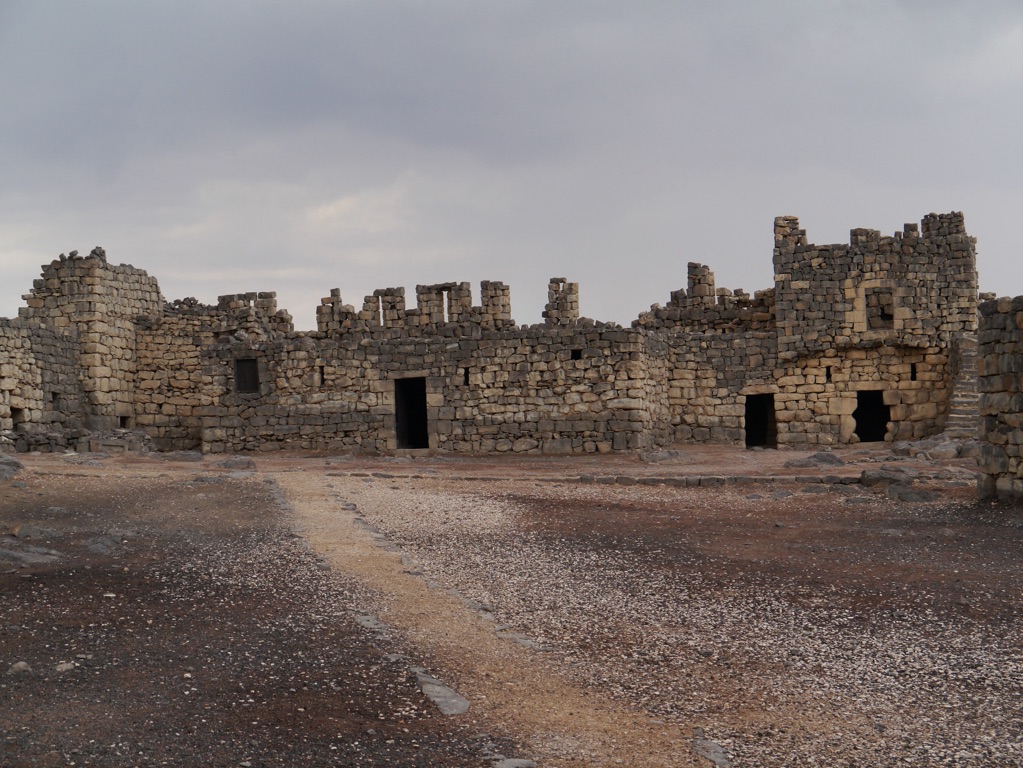
Gateway to the Past
Today, Qasr al-Azraq offers an immersive glimpse into history, inviting exploration and understanding. Its preservation allows for historical reflection and educational opportunities, crucial for current and future generations. As a travel destination, it appeals to history buffs, architecture enthusiasts, and adventure-seekers alike. Visiting Qasr al-Azraq lets you see an old building and learn about the people who lived there.
Historical Background of Qasr al-Azraq
A Testament to Time
Qasr al-Azraq is a desert fortress that has survived over time, with its story carved into its black basalt walls. In Jordan’s empty desert, it tells the story of the people who used to live here long ago. Established in the late Roman period around the third century AD, the fort was a bastion for legions guarding trade routes. It later became an oasis for weary travelers seeking refuge and respite from the relentless desert sun.
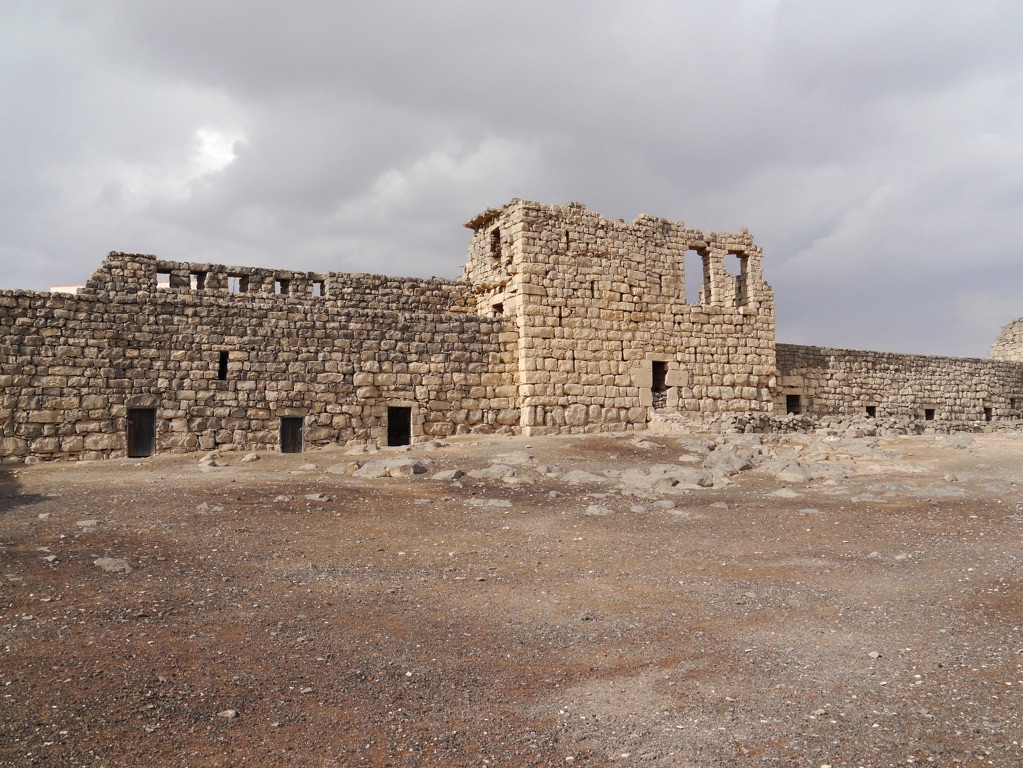
The Cultural Melting Pot
Different cultures, including the Romans, Umayyad, and Ottoman Turks, have influenced the castle over time. Each era left its mark, transforming Qasr al-Azraq into a living museum showcasing the region’s rich history. For instance, the Mamluks expanded it in the 13th century, foreseeing its strategic importance. The fort’s design tells stories of victory and teamwork, seen in its walls and remains that visitors can see now.
Center Stage in History
Perhaps the most riveting chapter in the fort’s history was its role during the Great Arab Revolt. In World War I, Qasr al-Azraq served as the headquarters of the legendary Lawrence of Arabia. He and Sharif Hussein bin Ali planned important attacks from this base.
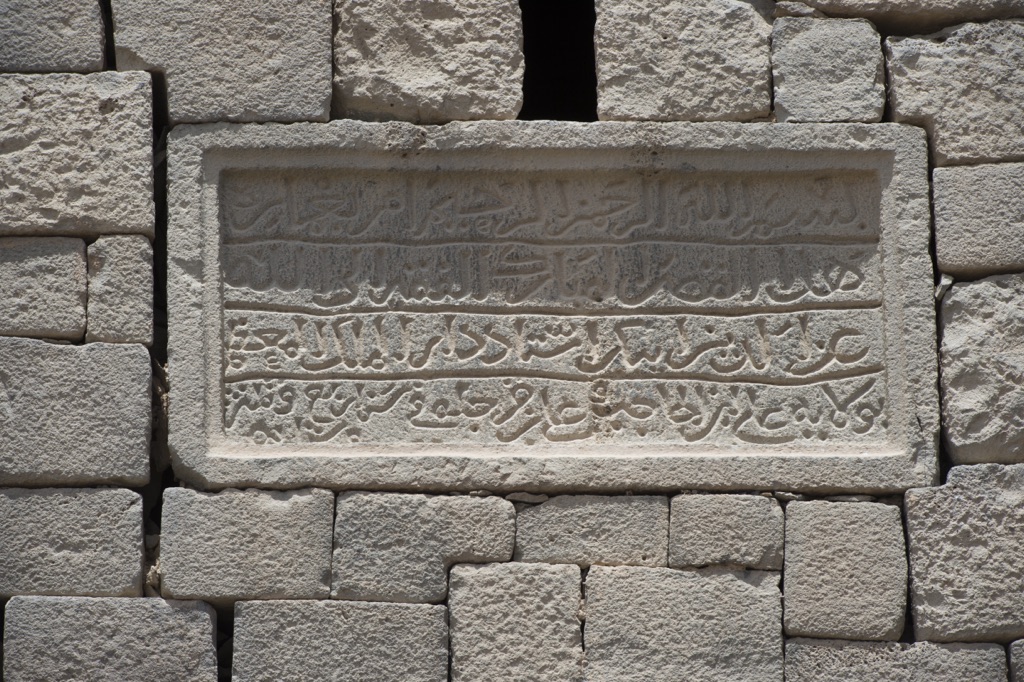
These attacks changed the outcome of a conflict. The conflict would reshape the Middle East. The fortress shows military architecture and represents the Arab quest for independence.
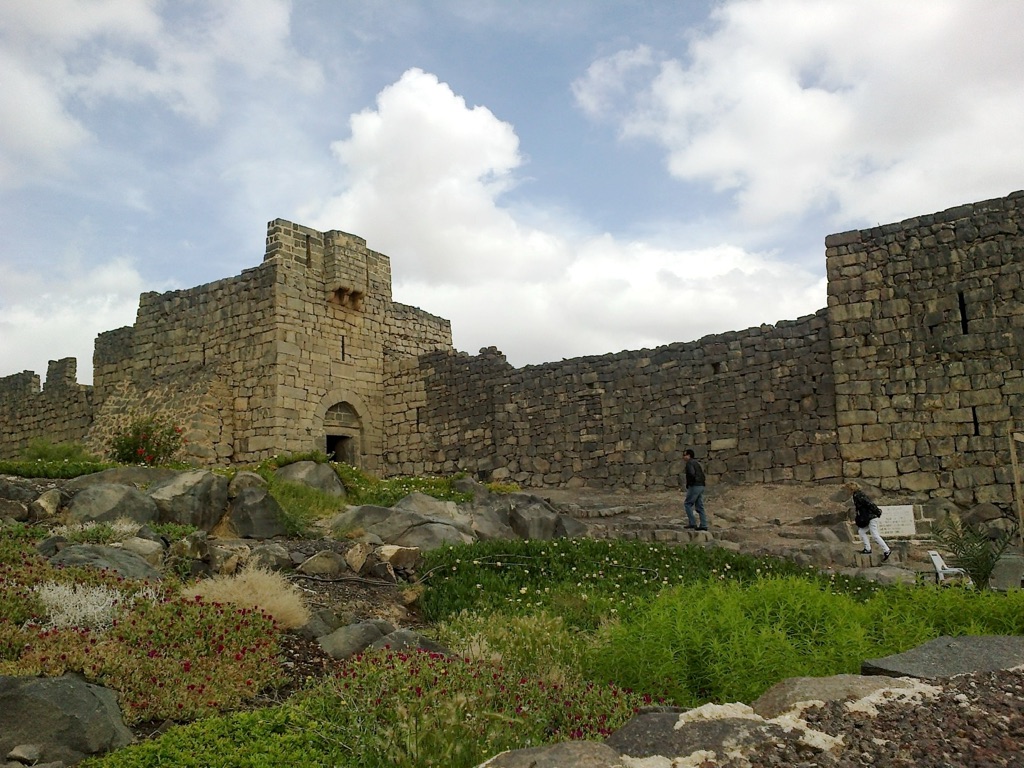
Qasr al-Azraq’s evolutionary journey through various periods has made it an extraordinary site for academic study and tourism. Historians delve into its layers, uncovering insights into ancient military strategies and daily life. Tourists explore the hallways and courtyards, amazed by the rich history that surrounds them.
In the end, Qasr al-Azraq is more than stone and mortar; it is a bridge to an ancient past, inviting exploration and study. It stays strong against the weather, just like the enduring spirit of the cultures that have entered it.
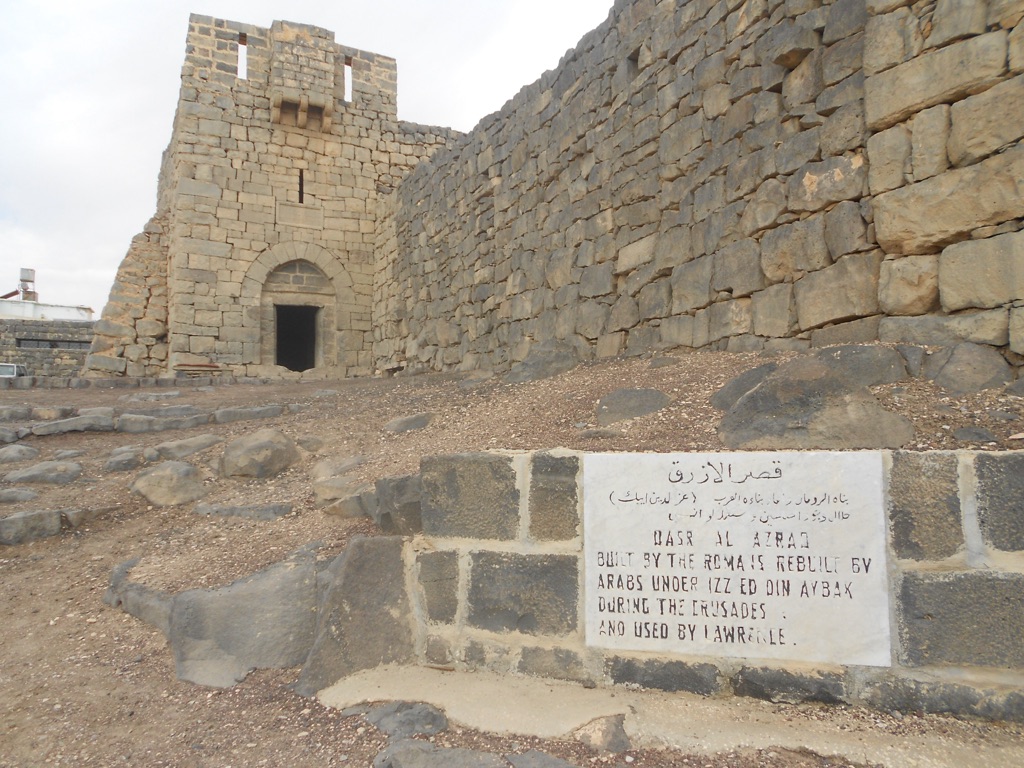
The Discovery of Qasr al-Azraq
Unexpected Find in a Remote Desert
Western travelers stumbled upon Qasr al-Azraq by chance, discovering it, rather than intentionally exploring it. Explorers found a big black structure in the desert of Jordan while mapping the area. The basalt structure stood out against the sand.
Their stories made people outside the Middle East know about Qasr al-Azraq, one of the first fortresses. The fortress is full of mystery and history.
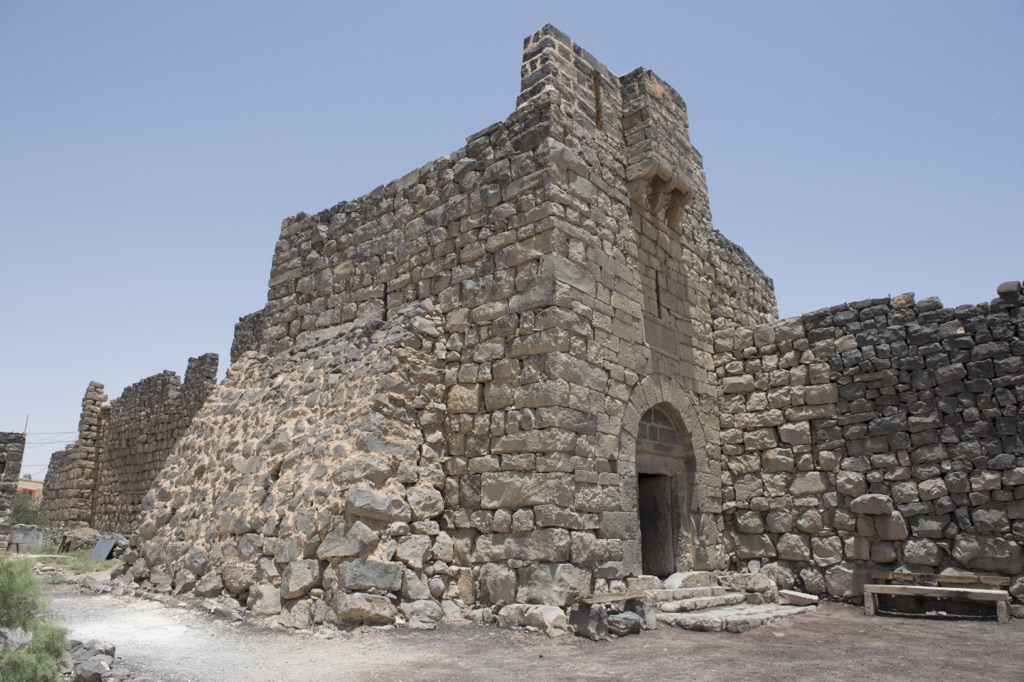
Archaeological Interest and Early Excavations
Following its modern-day discovery, Qasr al-Azraq sparked immediate interest among archaeologists and historians. Later explorations found that the fortress was important for different civilizations, like the Romans and Umayyads. Initial excavations helped to date the structure and decipher its multiple phases of construction and use. These efforts provided a glimpse into the past, exciting researchers with the possibility of undiscovered stories within its rocks.

A Focal Point for Historic Recounts
In the 20th century, Qasr al-Azraq gained significant fame as the backdrop for T.E. Lawrence’s book ‘Seven Pillars of Wisdom’ described the fortress during the Arab Revolt. It fascinated readers and made Qasr al-Azraq famous. Through Lawrence’s narrative, the fortress secured its place in the annals of history and in the hearts of adventurers.
The fortress invites detailed exploration, with its carvings and inscriptions revealing snippets of life from centuries past. As these things revealed, the site evoked a sense of discovery. It wasn’t just about the building, but also about the enduring human desire to create, protect, and endure.
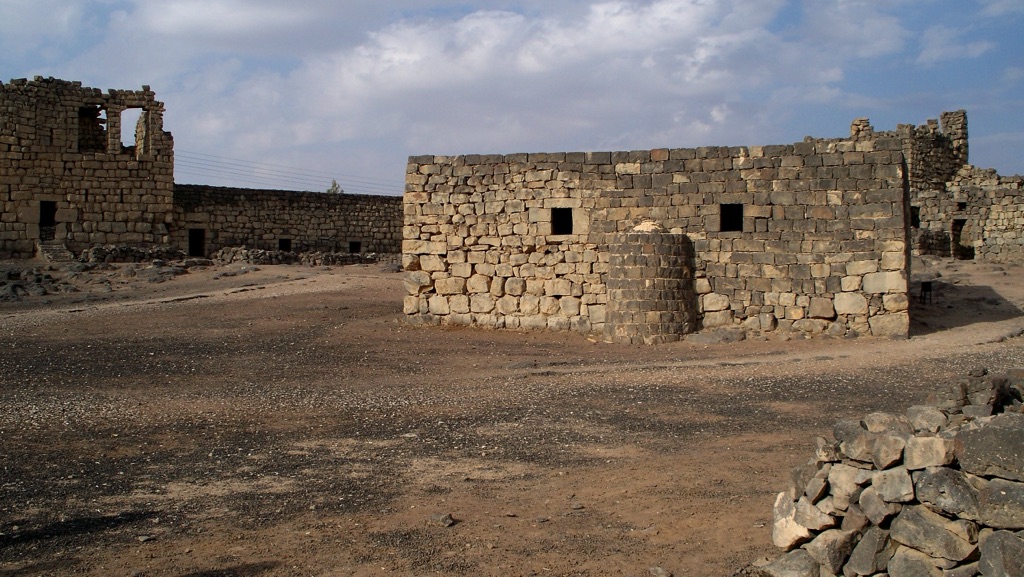
Today, Qasr al-Azraq stands as a monument to the enduring human spirit and a repository of historical treasures. Its discovery, a blend of chance and scholarly pursuit, continues to stir the imagination of visitors and researchers alike. The fortress holds stories that shaped the region’s history, serving as a connection between the past and present.
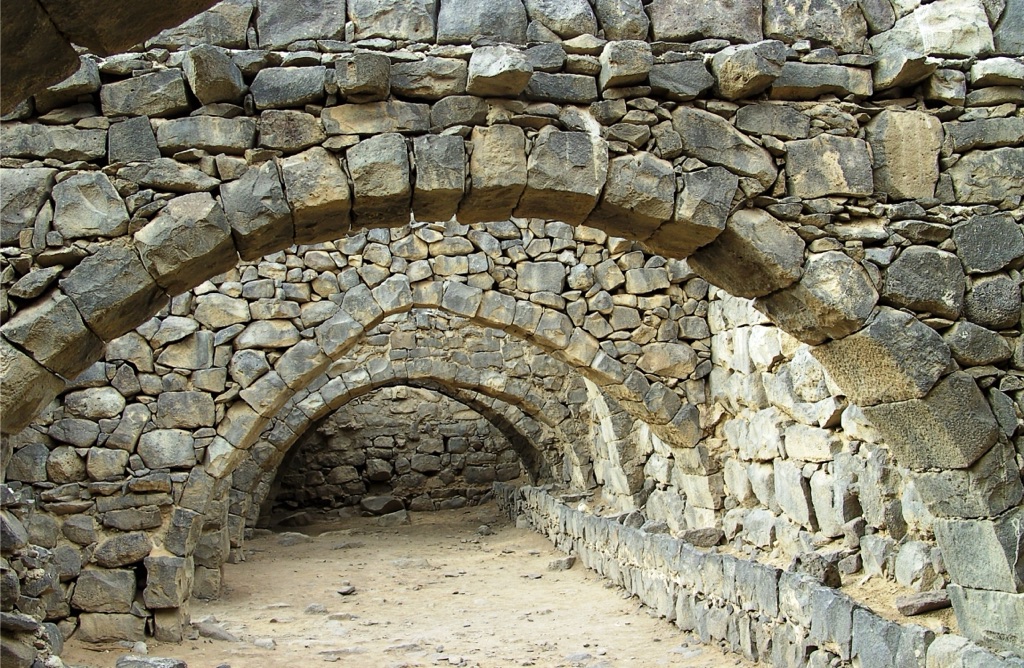
Cultural Significance, Dating methods, Theories and Interpretations
Unveiling the Byzantine and Islamic Eras
Qasr al-Azraq stands as a cultural touchstone, representing the Byzantine and Islamic periods through its architectural nuances. The profound impact of these cultures on the structure’s development is evident in its design and inscriptions. Experts have studied the special features of Qasr al-Azraq to understand its cultural importance. The fortress combines Byzantine art and Islamic practicality.
Deciphering the Past: Dating Techniques
The age of Qasr al-Azraq has been a topic of vibrant scholarly debate. By utilizing advanced dating methods like thermoluminescence and radiocarbon testing, archaeologists have unearthed evidence dating back to the Roman era. These techniques aided in understanding the construction and occupation of the fortress, uncovering its development and timeline. Despite the difficulties with the basalt construction, using scientific methods has been important in uncovering Qasr al-Azraq’s history.
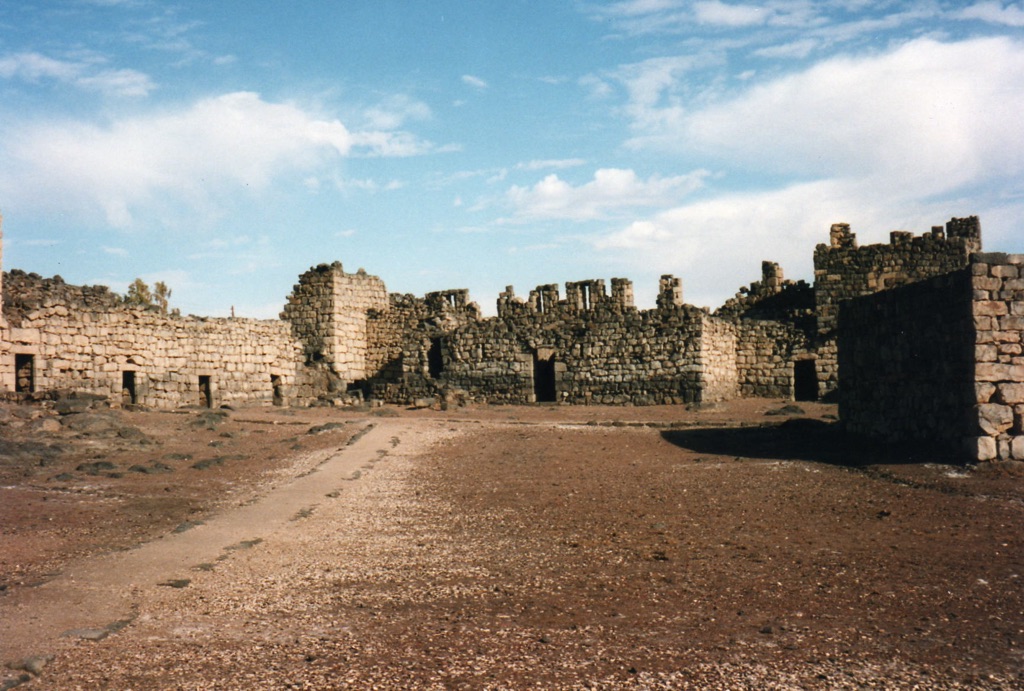
Theories of Military Strategy and Design
The fortress’s strategic placement and design have led to several theories about its original intent and subsequent uses. Historians believe that people purposely built Qasr al-Azraq as a military base and checkpoint for trade routes. People believe that the square shape and towers of the building demonstrate how the Romans defended themselves during that time.
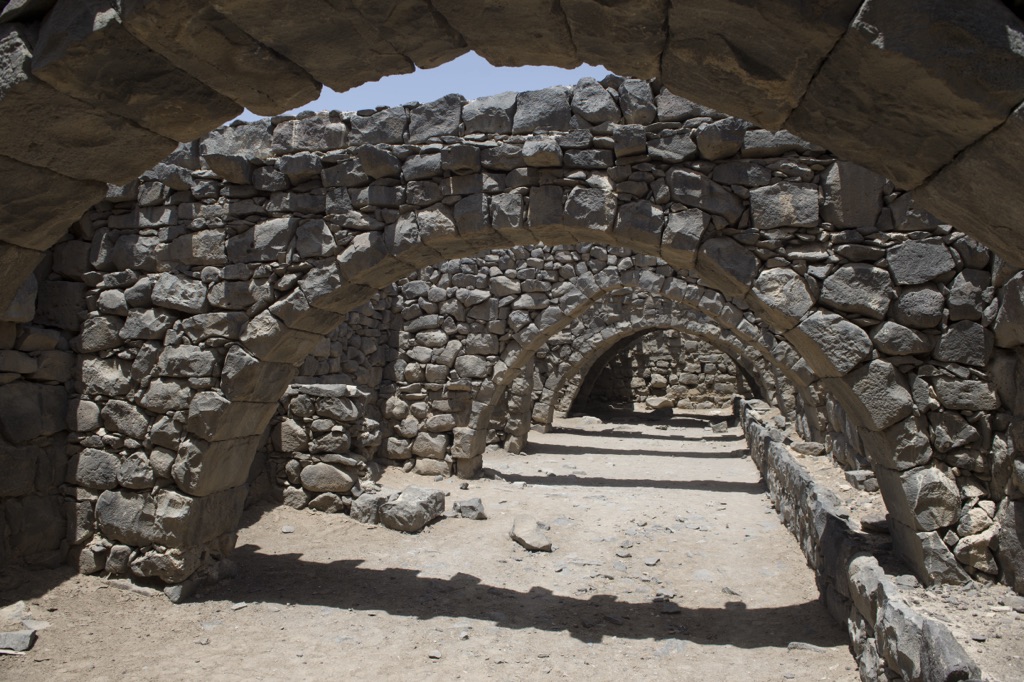
The ongoing interpretations of Qasr al-Azraq challenge our understanding of the past. Scholars continue to interpret the site’s function, from a defensive stronghold to a caravanserai for desert traders. Each theory helps us understand the site’s importance over time, increasing our knowledge of the region’s complicated history.
As a repository of cultural legacies, Qasr al-Azraq remains a hallmark of historical significance. Its walls tell a story that spans millennia, offering us a view into a past where empires rose and fell. With each new discovery and interpretation, Qasr al-Azraq generously offers a richer grasp of our shared human heritage.
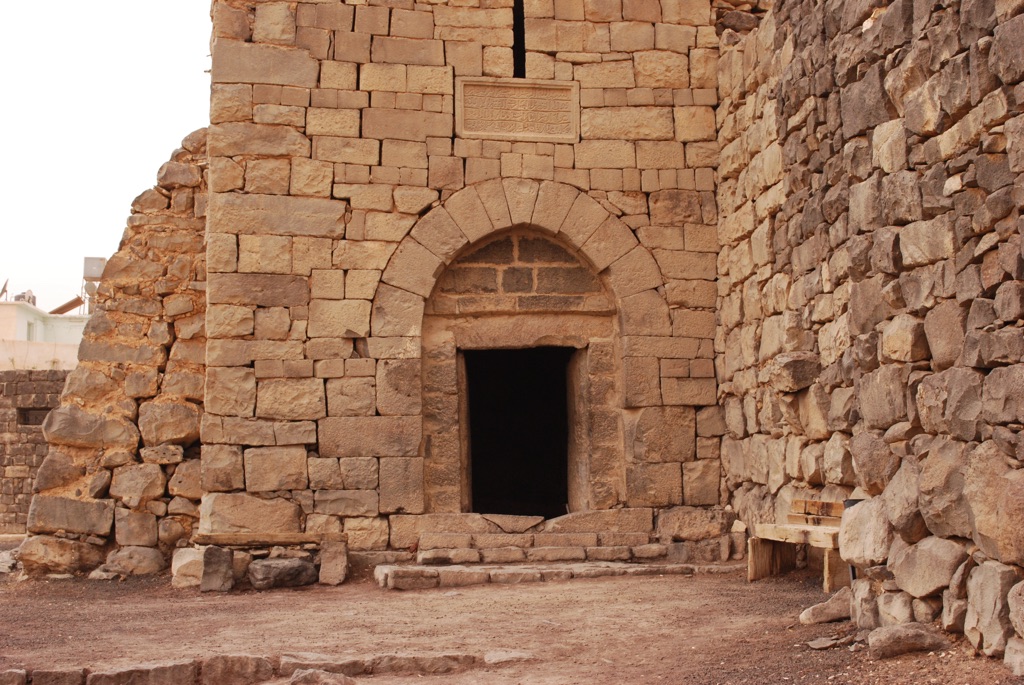
Conclusion and Sources
Qasr al-Azraq has a long and complex history, from ancient times to recent conflicts. It is an important place to learn about the Middle East’s culture and history. It’s an amazing building that has stood the test of time, inviting people to explore its history. The fortress holds the history of many civilizations and shows how humans have worked hard for centuries.
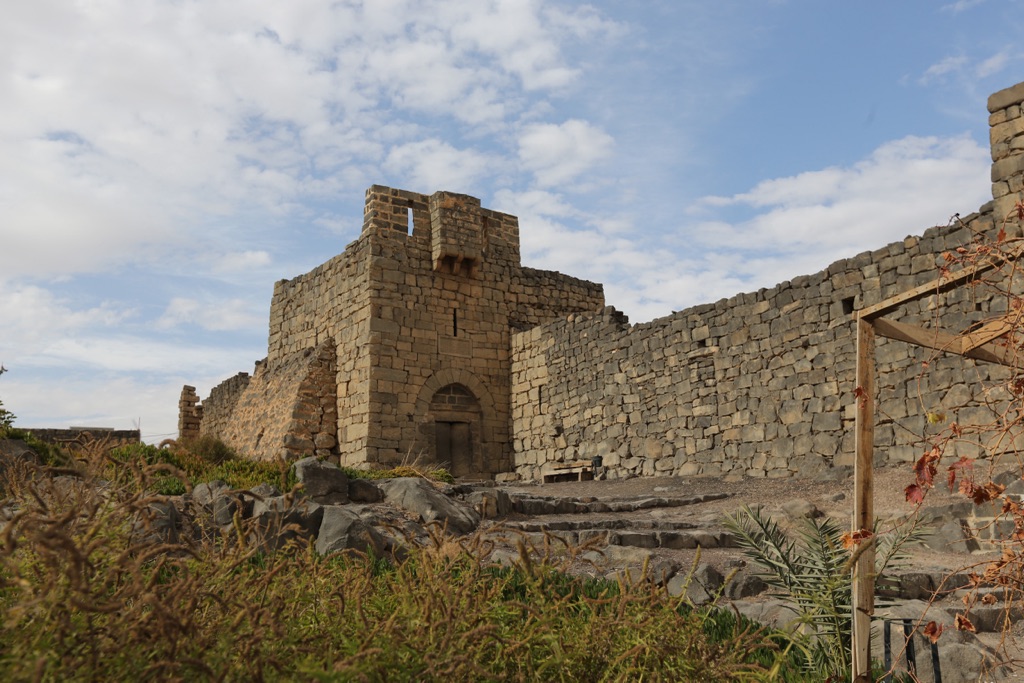
For further reading and to validate the information presented in this article, the following sources are recommended:
Or you can check any of these reputable archaeological and historical texts:
Browning, I. (1982). ‘Qasr al-Azraq.’ In The Middle East: A Geographical Study, pp. 457-462. London: David Fulton Publishers.
Lawrence, T.E. (1935). ‘The Arab Revolt and Qasr al-Azraq.’ In Seven Pillars of Wisdom: A Triumph, pp. 379-385. London: Jonathan Cape.
Al-Muheisen, Z. (2001). ‘The Roman Forts of the Limes Arabicus.’ Hawwa: Journal of Women of the Middle East and the Islamic World, 1(2), pp. 272-289.
Kennedy, D. (2004). ‘The late antique fort at Azraq: Qasr al-Azraq.’ Levant, 36(1), 159–170.
MacDonald, B. (1995). ‘East of the Jordan: Territories and Sites of the Hebrew Scriptures.’ American Schools of Oriental Research, pp. 86-90.

